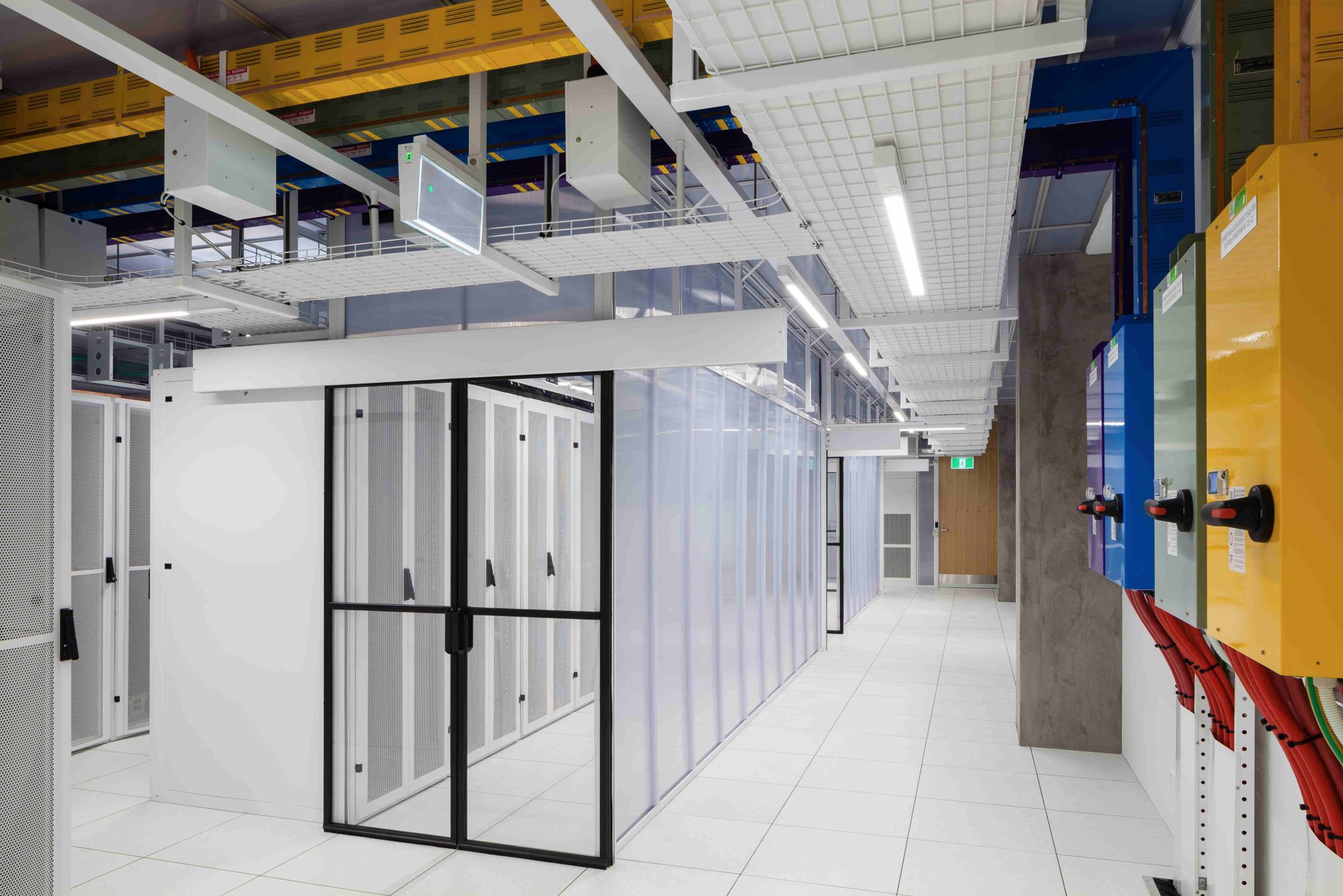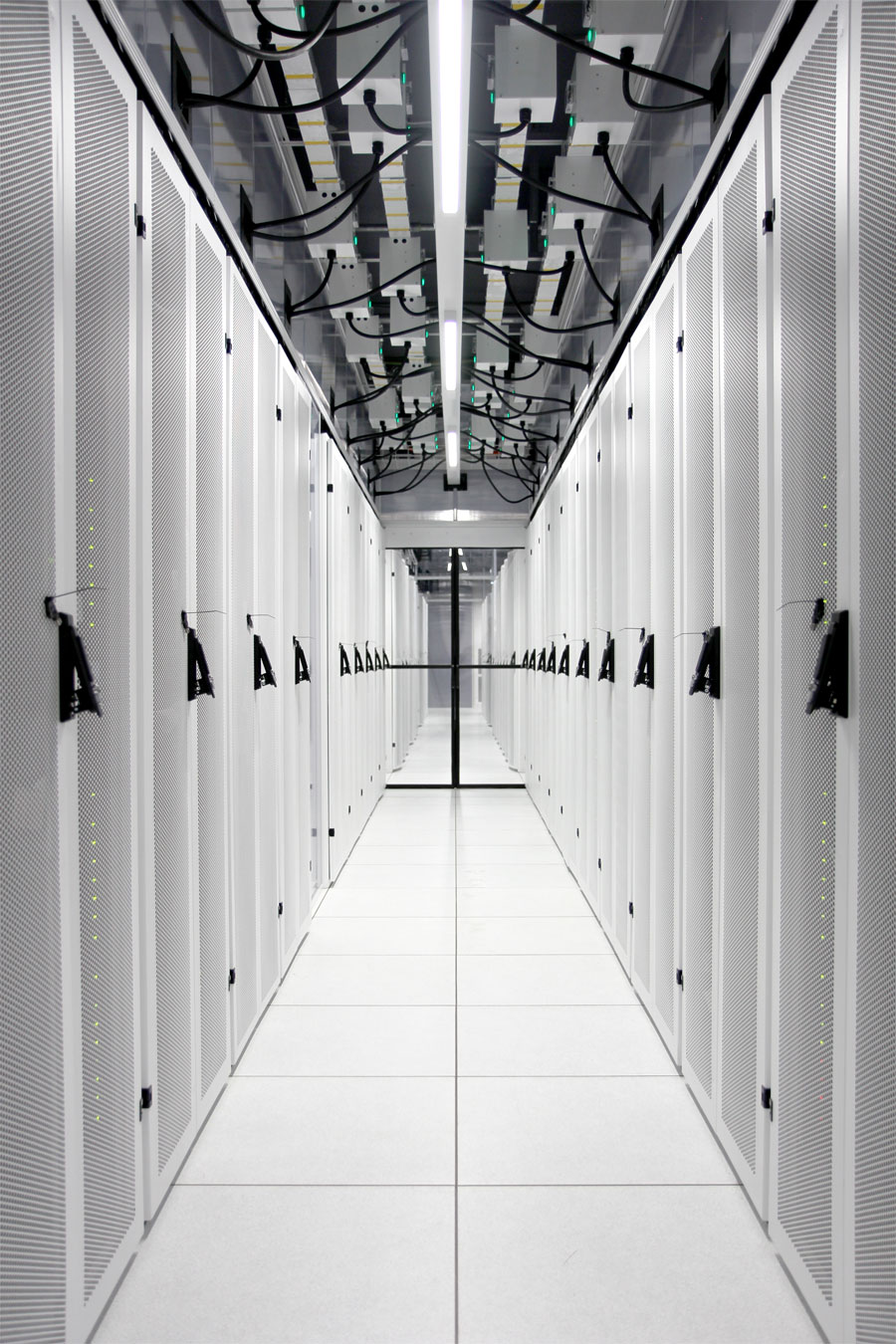
Designing for disaster with Genton
Designing for disaster with Genton
Share
Streaming in and out of connected devices, the data that lets us manage communications, shift money around, and control complex systems, remains largely out of sight. But, if this stream is interrupted the results can be catastrophic.
To protect the flow of information, architects and developers are increasingly adopting a ‘mission critical’ approach to designing data centres that host critical information.
Mission critical is a term used to describe any system, or part of a system, that contributes to the successful operation of a business or organisation. And while buildings are not usually considered an integral part of this system, increasingly businesses and government organisations are realising the role they play in both protecting systems and providing a suitable environment for people to fix problems when they arise.

A focus for the project was to create calm spaces
One Australian architectural firm working in this space is Genton. They’ve provided data centre solutions for Airservices Australia to meet the mission critical requirements of OneSKY – a collaboration between Airservices Australia and the Department of Defence, which will harmonise national air traffic control. More recently, the firm completed a fitout of the Sydney Processing Centre (SPC), which handles vital data for the Australian financial services industry.
According to Genton director and lead architect Steven Toia, mission critical architecture presents a number of challenges over and above simply creating a secure environment to house servers.
“Data processing centres are incredibly complex because of the extraneous factors needing treatment within the design,” Toia says. “You could sum up the brief as a utilitarian structure that houses IT hardware, and humans during emergencies.”

Danpalon was used to create light, clean spaces.
The work completed for the SPC and the OneSky project highlight the need to design spaces that cater to people in times of emergency. Given how important digital information is to the functioning of modern systems, data processing centres are seen less simply as secure areas to house servers.
“The SPC was (and still is) an integral part of the Australian financial services industry and a crucial element underpinning banking transactions that occur every day across our economy. As such, it’s a significant piece of infrastructure for the public and private sector,” says Toia.
“When analysing what we had to do we realised the pre-existing building had life left in the infrastructure, but the innards desperately needed an overhaul. The project was therefore first and foremost an IT project that needed to deliver a secure operation before, during and after the construction works.”
Designing the space for humans was also a key aspect of the brief. Genton wanted to provide an environment that was conducive to dealing with pressure through stress-mitigating design.
“Our focus was equally balanced between a human-focused design aesthetic and the engineering. We modernised the processing centre’s internal landscape which meant completely transforming the workplace. However, we had to do this in line with the client’s brief which was to create workspaces aligned to new productivity standards, that facilitated engagement, and improved OHS and staff welfare generally,” Toia says.

Designing for humans was an integral part of the brief for the SPC project by Genton.
One of the ways Genton achieved this was to use Danpalon throughout the technical spaces. Danpalon polycarbonate is designed for architectural daylight applications. It provides light, high thermal insulation, UV protection, as well as high impact and weather resistance. Danpalon worked for containment and optimising cooling; providing backlighting and structural support while delivering an attractive, clean and safe working environment.
With the OneSky project for Airservices Australia, Genton was employed to design two new data centres to replace the existing facilities that underpin Australia’s air traffic management system.
Toia says they have been described as the two most mission critical data centres in the country.
“Our experience and understanding of the complexity in designing data centre facilities enabled us to deliver industry-leading architectural designs, which successfully integrated technology, plant and people requirements for mission critical facilities. Working concurrently at two airport sites, our designs will house the world’s most advanced and integrated air traffic control system.”
Photography courtesy Genton Architecture.
–
See Genton Architecture’s winning design proposal for the Frankston train station here.
















